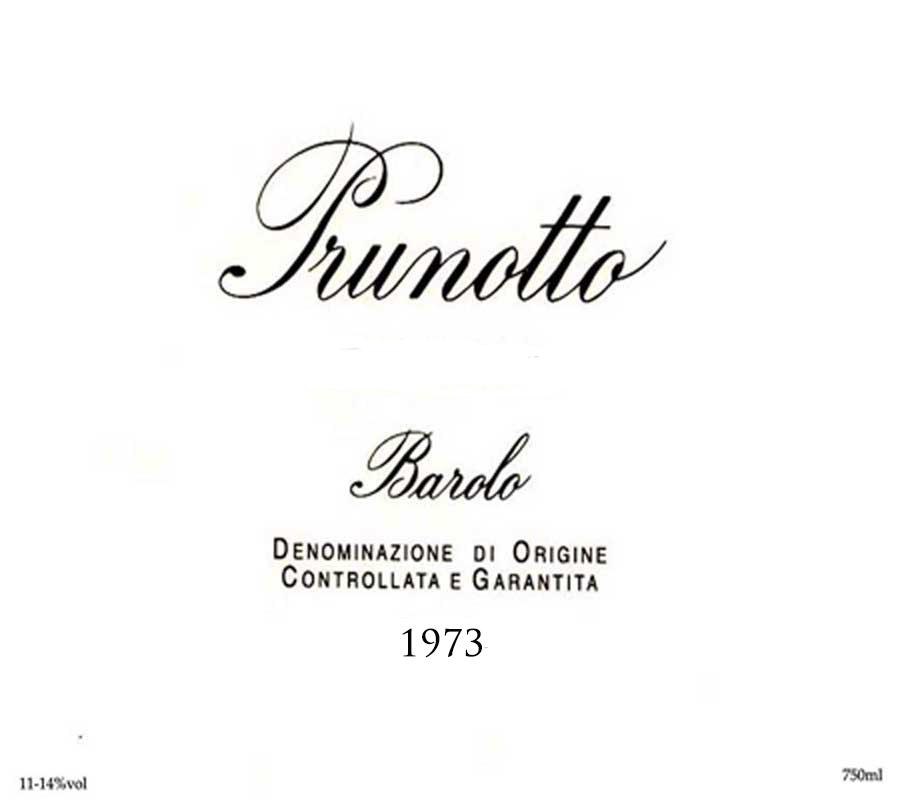1973 Barolo Red Blend
The Prunotto Prunotto Barolo, a delightful red blend from the prestigious Barolo region, showcases the incredible quality synonymous with the 1973 vintage. This wine exhibits a deep red color, hinting at the richness within. On the palate, it presents a full-bodied character with a remarkable balance of acidity that brings life to the wine. The fruit intensity is pronounced, offering an inviting array of dark fruit flavors complemented by subtle notes of earth and spice. With tannins that are firm yet refined, this Barolo demonstrates a beautifully structured profile that promises longevity and depth. The wine is beautifully dry, allowing the exquisite flavors to shine through and make it an exceptional choice for red wine enthusiasts.
The Prunotto Prunotto Barolo, a delightful red blend from the prestigious Barolo region, showcases the incredible quality synonymous with the 1973 vintage. This wine exhibits a deep red color, hinting at the richness within. On the palate, it presents a full-bodied character with a remarkable balance of acidity that brings life to the wine. The fruit intensity is pronounced, offering an inviting array of dark fruit flavors complemented by subtle notes of earth and spice. With tannins that are firm yet refined, this Barolo demonstrates a beautifully structured profile that promises longevity and depth. The wine is beautifully dry, allowing the exquisite flavors to shine through and make it an exceptional choice for red wine enthusiasts.




